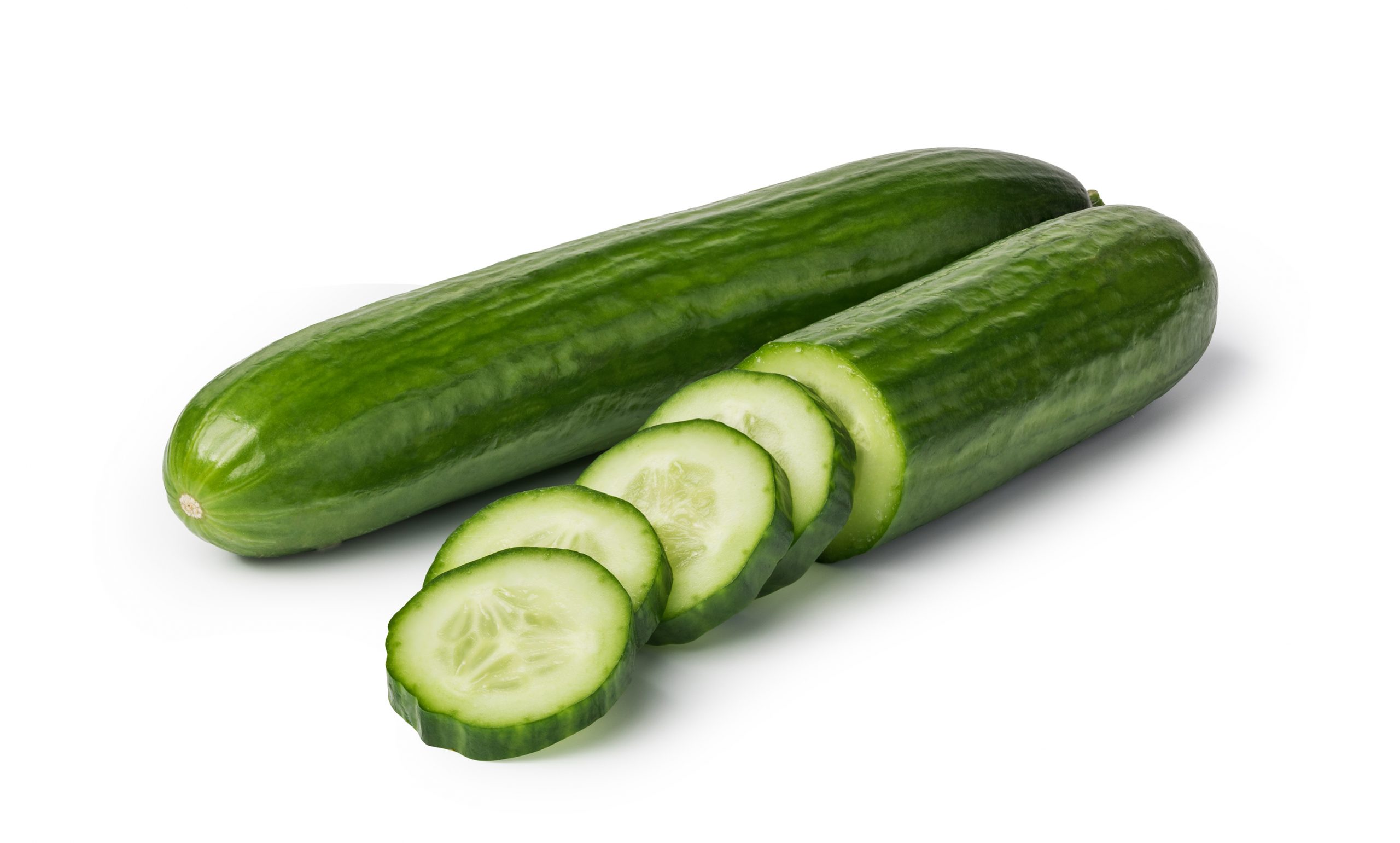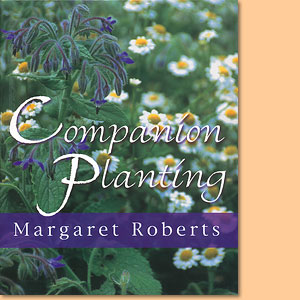The Best Companion Plants For Loganberries
The Best Companion Plants for Loganberries
Loganberries are a delicious and versatile fruit that can be enjoyed fresh, cooked, or frozen. They are also relatively easy to grow, but they can benefit from the companionship of other plants. Companion planting is the practice of planting different types of plants together in order to achieve certain benefits. For loganberries, some of the best companion plants include:
- Allium family: Onions, garlic, and chives help to repel pests and diseases from loganberries. They also add nitrogen to the soil, which loganberries need to thrive.
- Beans: Beans fix nitrogen in the soil, which is beneficial for loganberries. They also help to suppress weeds.
- Cabbage family: Plants in the cabbage family, such as broccoli, Brussels sprouts, and kale, help to attract beneficial insects that prey on pests that damage loganberries.
- Carrots: Carrots help to improve the drainage of the soil, which is important for loganberries. They also help to suppress weeds.
- Chamomile: Chamomile helps to repel pests and diseases from loganberries. It also attracts beneficial insects.
- Marigolds: Marigolds help to repel pests and diseases from loganberries. They also add nitrogen to the soil.
- Nasturtiums: Nasturtiums help to repel pests and diseases from loganberries. They also attract beneficial insects.
- Potatoes: Potatoes help to suppress weeds and improve the drainage of the soil, which are both beneficial for loganberries.
- Sage: Sage helps to repel pests and diseases from loganberries. It also attracts beneficial insects.
In addition to these specific plants, there are a few general principles to keep in mind when choosing companion plants for loganberries. First, loganberries need full sun, so choose companion plants that also thrive in full sun. Second, loganberries need well-drained soil, so avoid planting them near plants that will compete for water. Third, loganberries are relatively low-maintenance, so choose companion plants that are also low-maintenance.
With a little planning, you can choose the perfect companion plants for your loganberries to help them thrive. By planting the right plants together, you can improve the health and productivity of your loganberries, and you can also reduce the amount of work you need to do to care for them.
FAQ of loganberry companion plants
Q: What are some good companion plants for loganberries?
A: Loganberries are relatively low-maintenance plants, but they can benefit from being planted near other plants that can help to improve their growth and productivity. Some good companion plants for loganberries include:
- Blackberries: Blackberries and loganberries are both members of the Rubus genus, so they have similar growing requirements. Planting them near each other can help to attract pollinators and deter pests.
- Raspberries: Raspberries are another good companion plant for loganberries. They can help to improve the air circulation around loganberries, which can help to reduce the risk of diseases.
- Strawberries: Strawberries can help to improve the soil quality around loganberries. They also attract pollinators, which can help to improve the pollination of loganberries.
- Cucumbers: Cucumbers can help to suppress weeds around loganberries. They also attract beneficial insects, which can help to control pests.

- Peas: Peas can help to fix nitrogen in the soil, which can benefit loganberries. They also attract pollinators.

Q: When should I plant loganberry companion plants?
A: The best time to plant loganberry companion plants is in the spring or fall. This will give them time to establish themselves before the growing season begins.
Q: How far apart should I plant loganberry companion plants?
A: The spacing requirements for loganberry companion plants will vary depending on the specific plants you are planting. However, as a general rule of thumb, you should plant companion plants at least 2 feet apart.
Q: How do I care for loganberry companion plants?
The care requirements for loganberry companion plants will vary depending on the specific plants you are planting. However, most companion plants will require regular watering, fertilizing, and weeding.
Q: How do I know if my loganberry companion plants are healthy?
Healthy loganberry companion plants will be green and vigorous. They will also be free of pests and diseases. If you notice any signs of problems, such as wilting leaves or brown spots, you should take steps to address the issue immediately.
Image of loganberry companion plants
- Astilbe: Astilbe is a shade-loving plant that can help to suppress weeds and improve the drainage around loganberries.

- Coneflower: Coneflower is another shade-loving plant that can help to attract pollinators to loganberries.

- Echinacea: Echinacea is a drought-tolerant plant that can help to improve the soil around loganberries.

- Salvia: Salvia is a pollinator-friendly plant that can help to keep pests away from loganberries.

- Yarrow: Yarrow is a hardy plant that can help to suppress weeds and improve the drainage around loganberries.


Post a Comment for "The Best Companion Plants For Loganberries"